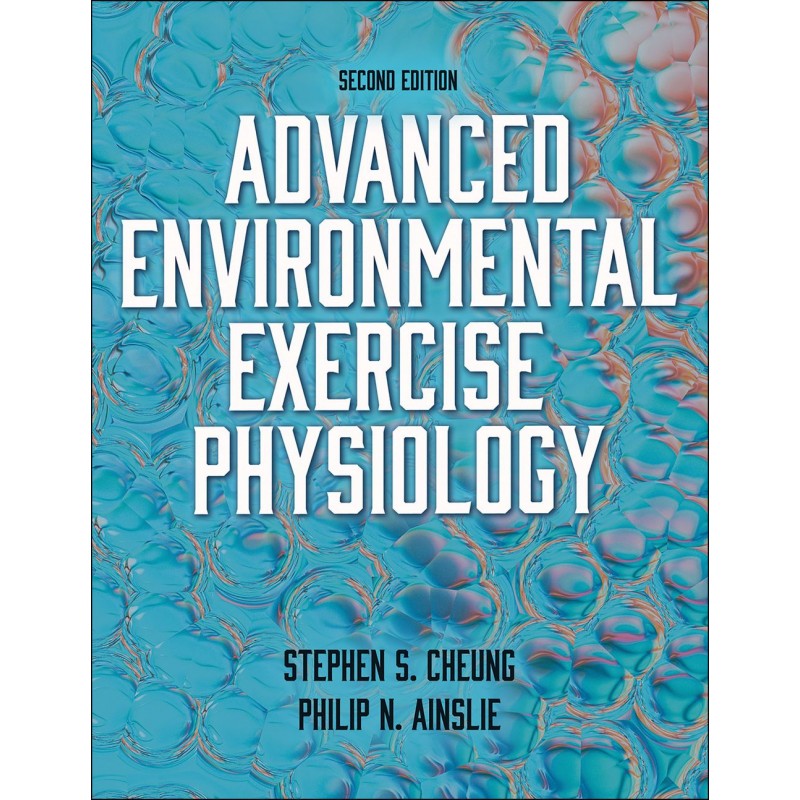Advanced Environmental Exercise Physiology, Second Edition, offers physiology students and exercise science professionals a complete look at the major topics and debates in the field of environmental physiology. In this second edition, Dr. Stephen Cheung is joined by the coauthor Dr. Phil Ainslie, who has extensive professional expertise in mountaineering and high-altitude physiology and has led numerous high-altitude research expeditions.
Among the issues explored in this text are the effects of heat, hydration, and cold in the thermal environment; diving, altitude training, and other pressure effects on the human system; and the influences that pollution and air quality have on exercise. The text also explores the microgravity (space) environment and chronobiological rhythms. The second edition includes new chapters on heat adaptation and therapy, breath-hold diving, physiological adjustments to acute hypoxia, sex differences in environmental response, and cross-adaptation.
Through
Advanced Environmental Exercise Physiology, Second Edition, readers will learn the following::
- The initial physiological responses upon exposure to an environment that a person is not adapted to
- How the body adapts to repeated exposure to an environment
- How various environments affect the ability to exercise and work
- Individual variability in response to stressful environments
- Countermeasures that people can take to minimize the impact of environmental stressors
Advanced Environmental Exercise Physiology, Second Edition, contains twice the number of figures and illustrations from the previous edition to offer better visualization and explanation of the content. New learning aids include chapter objectives, chapter summaries, and review questions to enhance reader comprehension. Sidebars throughout the text highlight lively areas of current research and debate to stimulate further investigation.
Supported by evidence-based information and numerous references,
Advanced Environmental Exercise Physiology, Second Edition, addresses the primary environmental factors affecting people when they are working, exercising, and competing in sport. By linking research with recommendations for real-world situations, this text serves as an invaluable resource for students and professionals alike.


 Dostawa
Dostawa
 Płatność
Płatność
 Zwroty
Zwroty
